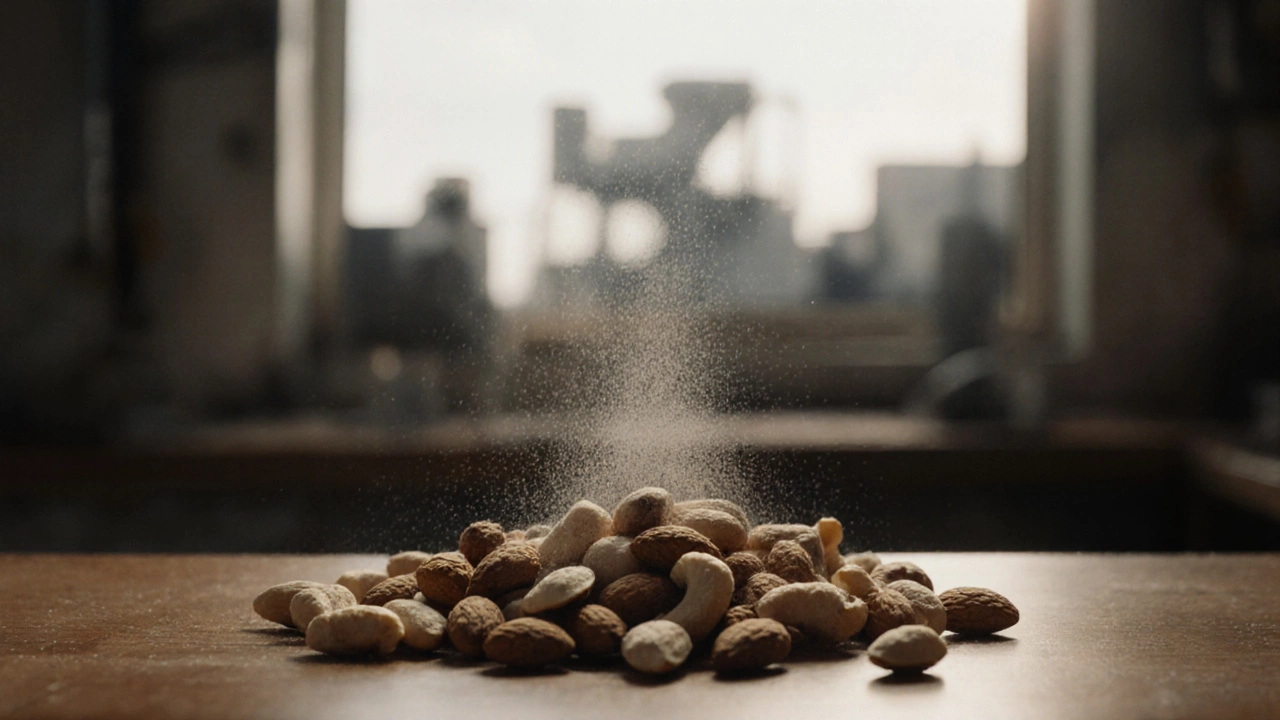Bone Char: What It Is, Why It Matters in Chocolate and Sugar
When you think about what goes into chocolate, you probably imagine cocoa beans, sugar, and maybe vanilla. But there’s something else hiding in plain sight—bone char, a black, porous material made by heating animal bones to high temperatures, used to filter and whiten sugar. Also known as animal bone carbon, it’s a silent player in the sugar industry and a hidden barrier for anyone avoiding animal products. You won’t find it listed on ingredients. You won’t smell it. But if your chocolate is made with refined white sugar, there’s a good chance it passed through bone char on its way to your tongue.
Here’s how it works: sugar cane juice is murky and brown. To turn it into the bright white crystals you see in your pantry, manufacturers run it through filters made of bone char. The charcoal pulls out color, impurities, and off-flavors. It’s cheap, effective, and used by most big sugar producers in the U.S., Canada, and the UK. But it’s not used in beet sugar or unrefined cane sugar—those often skip this step. That’s why some brands proudly say "unrefined" or "organic"—they’re avoiding bone char on purpose. And if you’re eating vegan chocolate, this detail isn’t just a footnote. It’s the difference between a treat and a compromise.
Related to this is the broader issue of vegan chocolate, chocolate made without any animal-derived ingredients, including refined sugar processed with bone char. Many people assume chocolate is naturally vegan because it comes from cocoa. But unless it’s labeled as vegan or made with certified bone-char-free sugar, it likely isn’t. That’s why brands like Divine, Green & Black’s Organic, and Alter Eco make a point of sourcing their sugar from beet or unrefined cane sources. They’re not just marketing—they’re solving a real problem. And if you’re making desserts at home, you can too. Swap regular white sugar for coconut sugar, maple syrup, or organic cane sugar labeled "not processed with bone char."
There’s also a connection to sugar processing, the industrial methods used to turn raw cane juice into granulated sugar, including filtration, crystallization, and drying. Bone char is just one step—but it’s the one most people never ask about. Even some "natural" or "artisan" brands use it because it’s the industry standard. That’s why reading labels isn’t enough—you need to dig deeper. Look for certifications like "vegan," "organic," or "unrefined." Or better yet, contact the company. Most will tell you straight up if they use bone char.
What you’ll find in the posts below isn’t a list of recipes. It’s a guide to spotting the hidden animal products in sweets you thought were safe. From marshmallows to fudge, from cheesecake to cake glazes—many of the treats we love rely on ingredients that aren’t what they seem. You’ll learn how to fix failed fudge without compromising your values, how to choose the best cheese for cheesecake without dairy, and how to make desserts that are truly free of animal exploitation. This isn’t about being perfect. It’s about being informed. And if you care about what’s in your chocolate, you need to know about bone char.

